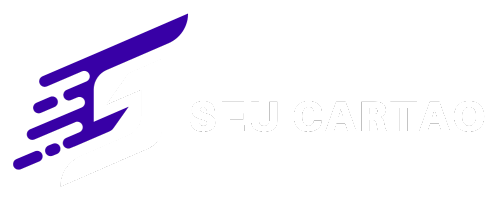The halfway point of the year is more than just a milestone — it’s an opportunity. Whether your finances are on track or off course, now is the perfect time to reassess your strategy and make powerful adjustments. The second half of the year can either reinforce good habits or become the turning point you’ve been waiting for.
Reflect on the First Half: What Worked and What Didn’t
Start with a Honest Review
Before setting new goals, take a step back. Look at:
- Total income earned so far
- Total expenses (by category)
- Progress on savings and debt reduction
- Unexpected financial events
Ask yourself:
“What am I proud of? What do I regret? What surprised me?”
This honest reflection lays the groundwork for better decisions moving forward.
Revisit (or Create) Your Budget
Make Your Budget Work for You
If you don’t have a budget, now’s the time to create one. If you already have one, adjust it based on your current reality.
- Are your fixed expenses still the same?
- Have your priorities changed?
- Are you spending more than you earn?
Consider using the 50/30/20 rule:
- 50% for needs
- 30% for wants
- 20% for savings and debt
Pro tip: Use budgeting apps or spreadsheets to stay consistent.
Set Clear Financial Goals for the Next 6 Months
What Do You Want to Accomplish?
Break your goals down into three main areas:
- Savings goals: Emergency fund, travel, education, large purchases
- Debt goals: Paying off credit cards, loans, or reducing interest
- Investment goals: Increasing monthly contributions or learning more about investing
Make sure your goals are SMART:
Specific, Measurable, Achievable, Realistic, and Time-bound.
Prepare for Upcoming Seasonal Expenses
Think Ahead to Avoid Surprises
The second half of the year often comes with unique expenses:
- Back-to-school costs
- Holiday gifts and travel
- End-of-year taxes or bills
- Seasonal maintenance (car, home)
Start setting aside money now for these events. A little each month can prevent a financial crunch later.
Review and Strengthen Your Emergency Fund
Are You Really Covered?
Life happens — and when it does, your emergency fund becomes your financial shield. Ask yourself:
- Do I have at least 3 to 6 months of essential expenses saved?
- Is my emergency fund easy to access (but not too easy)?
- Am I consistently contributing to it?
Even small monthly contributions add up over time.
Reassess Subscriptions and Lifestyle Spending
Cut What No Longer Serves You
Streaming services, gym memberships, delivery apps — it’s easy to let small expenses pile up. Do an audit:
- What am I not using?
- What can I pause or cancel?
- Are there cheaper alternatives?
Reallocating this money toward your goals can make a big difference.
Check Your Credit and Tackle Your Debt
Credit Health = Financial Health
- Review your credit score and report
- Pay down high-interest debt
- Avoid new unnecessary credit
Consider using the snowball method (start with the smallest debts) or the avalanche method (start with the highest interest rates) — whichever keeps you motivated.
8. Automate and Simplify
Make Your Money Work Without Thinking
Set up:
- Automatic savings transfers
- Bill payments
- Investment contributions
This removes temptation and reduces the chance of errors. Consistency beats intensity when it comes to wealth-building.
Conclusion: The Next 6 Months Are Yours to Shape
You don’t need a perfect financial record to make progress — you just need a plan and commitment. The second half of the year can be your strongest yet. Take control now, stay disciplined, and remember:
Small, consistent actions create massive long-term results.







